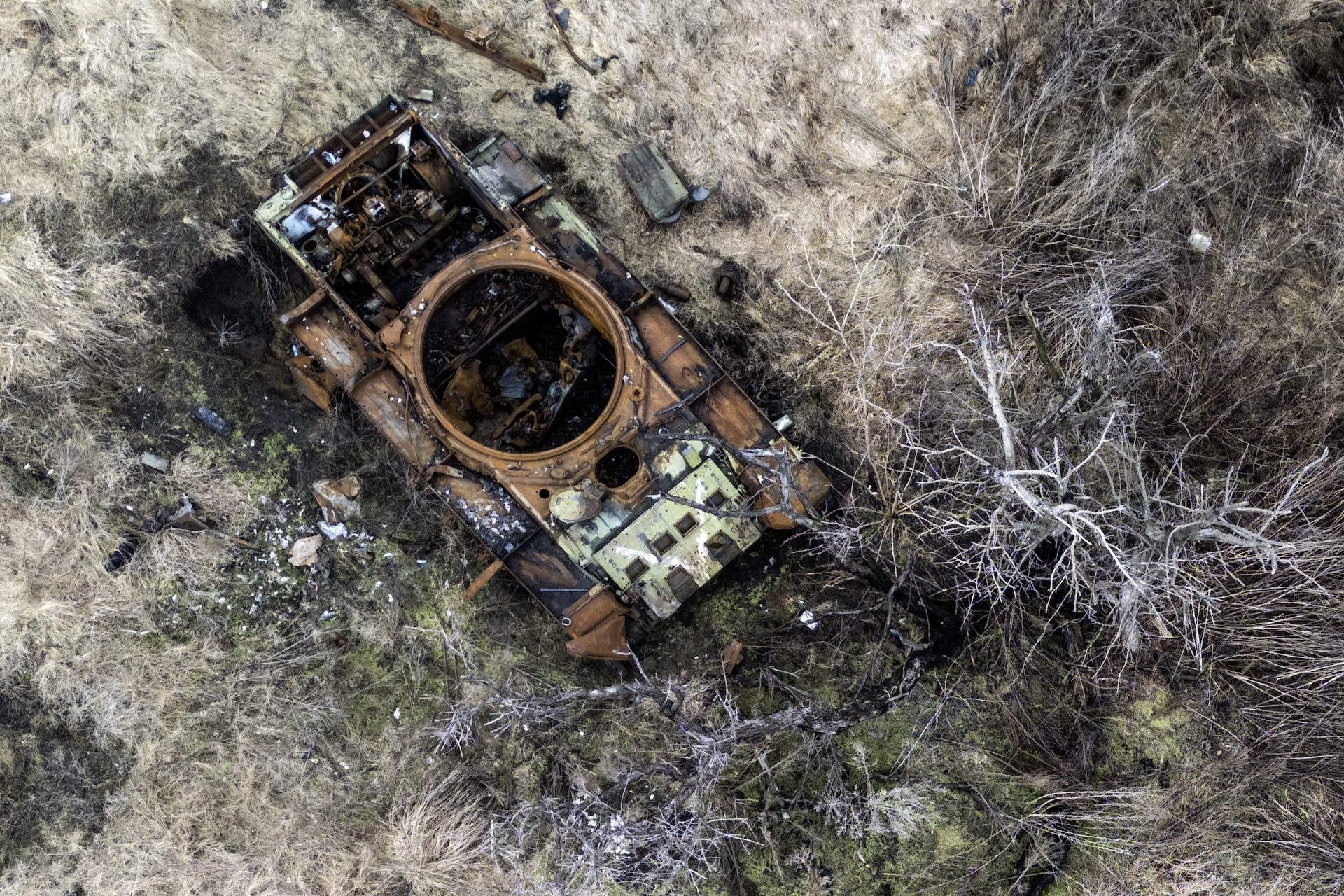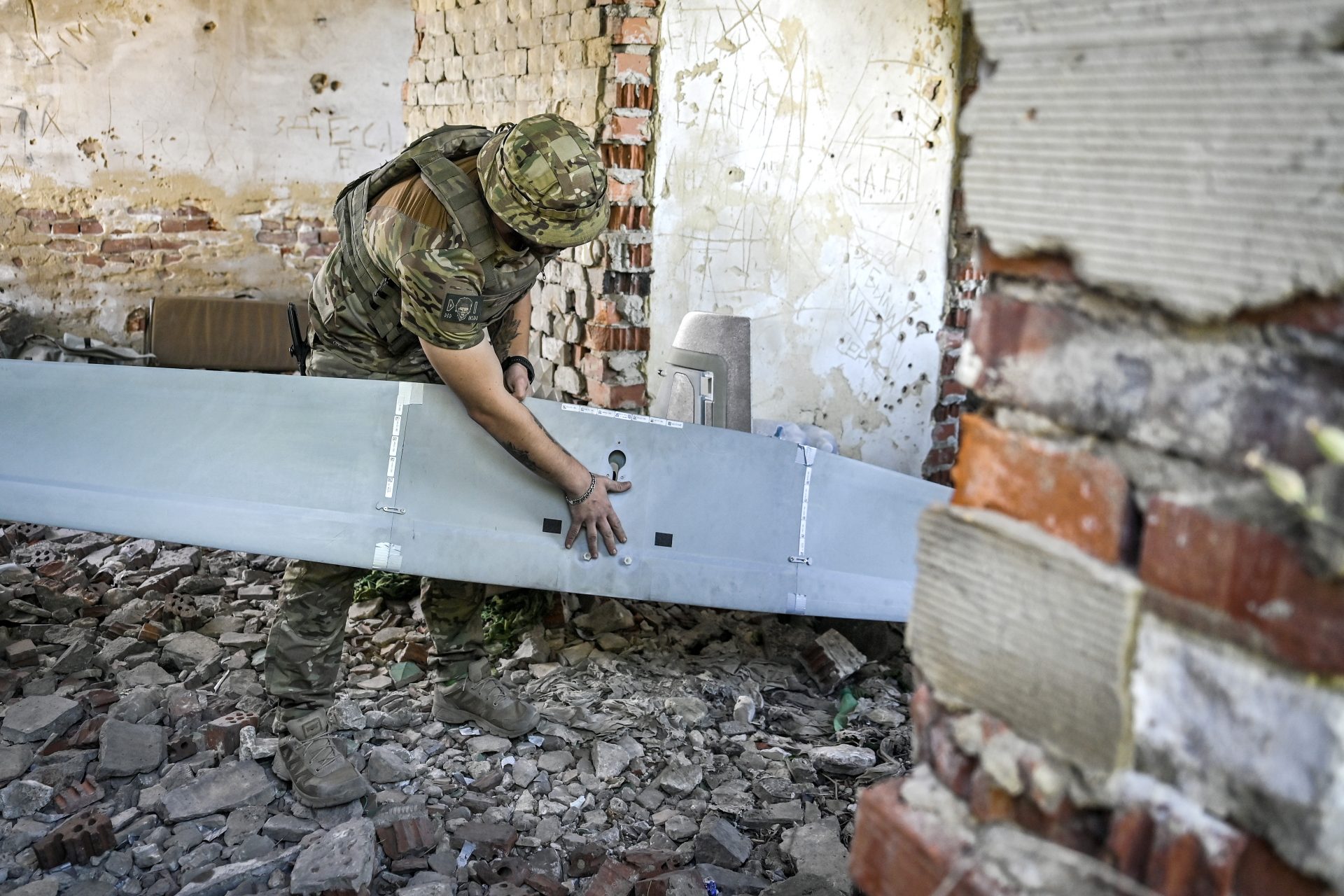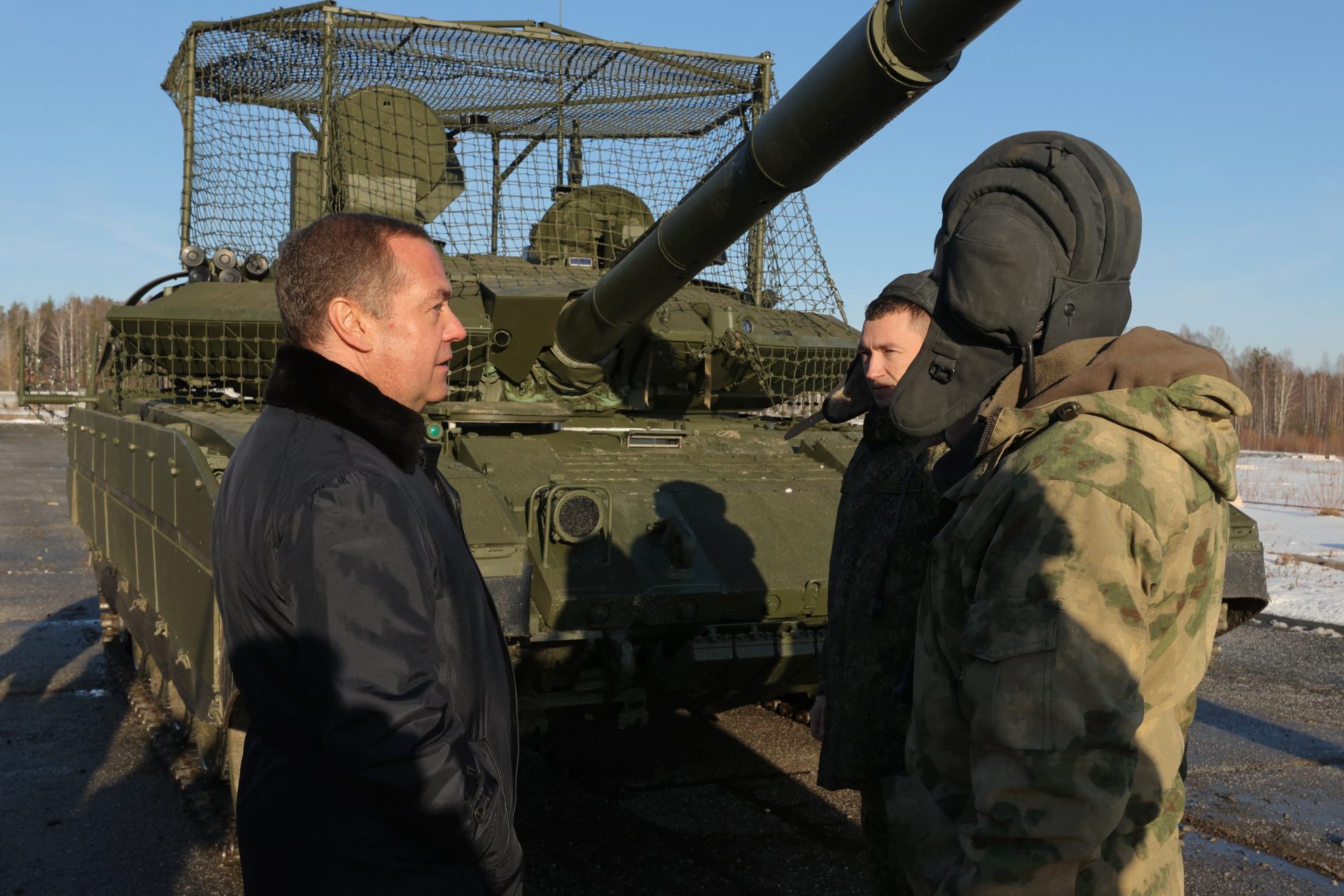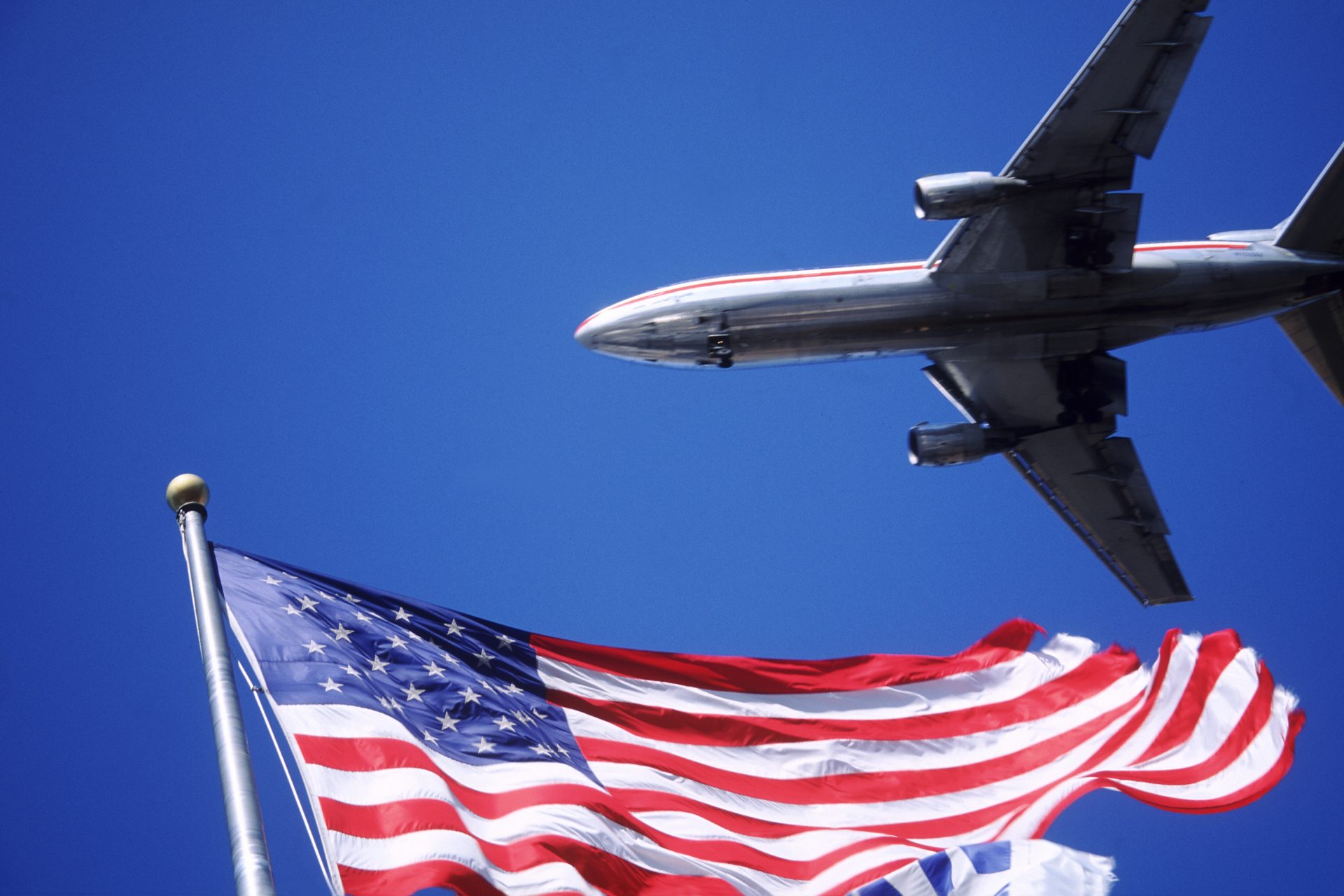Looking for the 51st? US States that almost came to be
Since 1959, the United States has been made up of 50 states. However, between current and former state proposals, the map of America could have looked a lot more different. Let’s have a look!
Right off the bat, as an unincorporated US territory, Puerto Ricans are American citizens but have some limitations, such as not being allowed to vote in US elections.
In the latest statehood referendum, made in 2020, over 52% of the voters supported Puerto Rico should become a US state.
Image: Zixi Zhou / Unsplash
There’s still a lot of internal division about the status of Puerto Rico. Other options include changing the current association with the US, and full independence.
Image: Ana Toledo / Unsplash
Nonetheless, the decision ultimately falls onto the US Congress.
Speaking of Congress, Washington DC is another candidate to become the hypothetical 51st state.
Many federal countries around the globe, such as Mexico and Argentina, have turned their former capital districts into states.
The Washington D.C. Admission Act was introduced by Congress on January 9, 2023. This would turn the US Capital into Washington, Douglass Commonwealth, after Frederick Douglass.
However, Republicans heavily oppose the Washington D.C. statehood, fearing that the new state would probably lean towards the Democratic Party.
Instead, they have proposed the idea of having D.C. become part of Maryland.
Looking back, there's quite a curious history of US states that almost were.
Jefferson has been used many times as a name for a proposed new US State. First, there was the territory in the Rocky Mountains, east of Kansas, that eventually became Colorado.
Then there was the idea of splitting Texas into two or more states that never came to fruition.
The final iteration of Jefferson occurred in the 1930 and 1940s, when politicians from northern California and southern Oregon managed to get some traction to form a new state with rural communities in the area, that felt underrepresented in the US government.
However, the death blow for the state of Jefferson came with the attack on Pearl Harbor. The project was shelved and forgotten during World War 2.
Similar to Jefferson on the Pacific, portions of Wyoming, Montana, and South Dakota attempted to succeed and form a new state by the name of Absaroka, after a portion of the Rocky Mountains. World War 2 also put an end to the project.
It's not a secret that the Civil War was a time of turmoil in the United States. The state of West Virginia, for instance, was originally part of Virginia that didn't want to join the Confederacy.
Similar but less impressive was Scott County, Tennessee. The Free and Independent State of Scott didn't officially return to Tennessee until 1986.
In 1905, the US Indian Territory attempted statehood as a way for the Cherokee, Chickasaw, Choctaw, Creek, and Seminole tribes to better retain their lands and resources under the name of the State of Sequoyah.
US President Theodore Roosevelt instead annexed the Indian Territory to the Oklahoma Territory, signing the newly-formed state of Oklahoma in 1907.
Everyone knows about the 13th colonies, but east of the Appalachians things were less than organized. One unofficial colony around this time was Transylvania, established in 1775 in what today is Western Kentucky and Northern Tennessee.
However, legal problems, Kentucky and North Carolina claiming parts of the territory and trying to establish a new colony when the American Revolution was around the corner was the stake to the heart of the Transylvanian Dream. The name can still be found around places and institutions in Kentucky and North Carolina.
This was not the end of problems in the area. Franklin was established in 1784 west of the Appalachian Mountains in what today is East Tennessee with the intention of becoming the 14th. It adopted the name of Franklin in a failed attempt to draw more support.
Image: Nathan Dumlao / Unsplash
Not having enough votes to be admitted to the Union, Franklin existed as an independent republic of sorts until around 1788. Then it became part of North Carolina and, along with other counties, it became Tennessee in 1796.
Similarly, Westsylvania was a proposed state, made from current-day Southwestern Pennsylvania and West Virginia, and parts of Kentucky, Maryland, and Virginia in the 1770s.
Ultimately, Westsylvania was put to rest in 1780 when the borders between Pennsylvania and Virginia were defined. However, the rivalry between Philadelphia in the east and Pittsburgh in the west remains to this day.
More for you
Top Stories







































